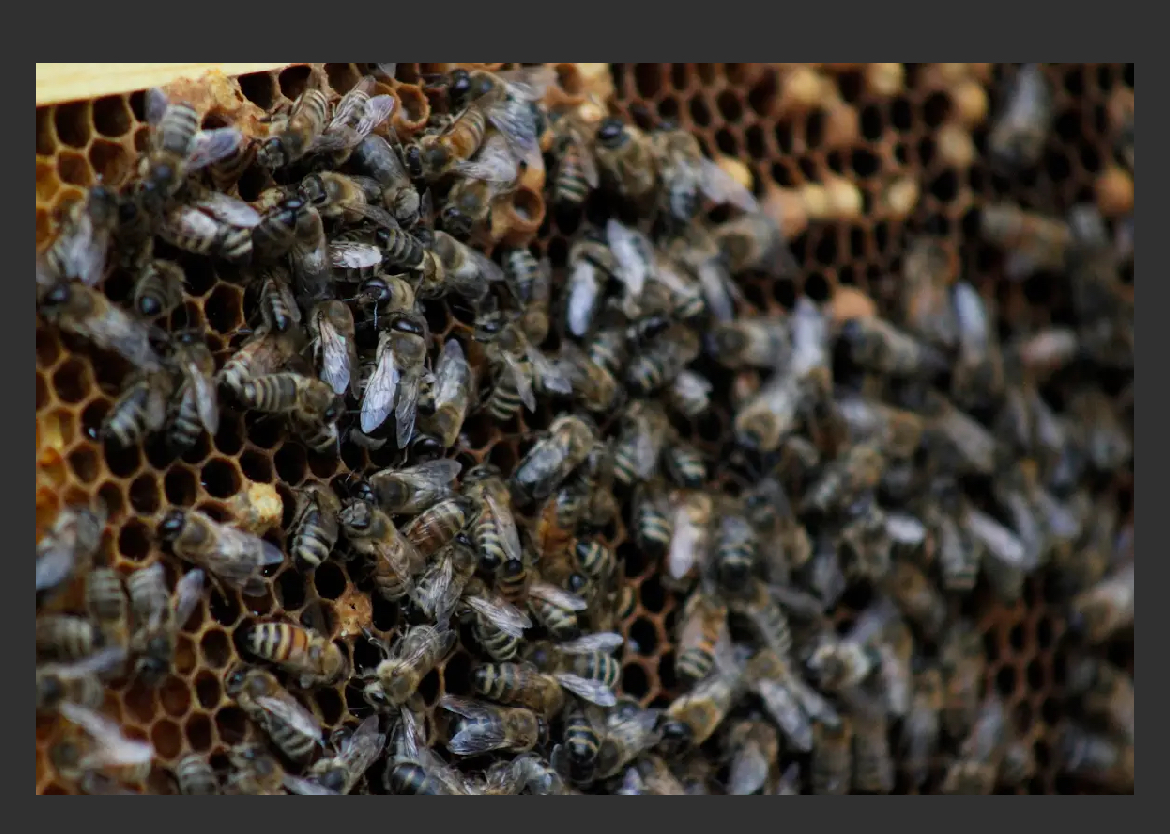Happy Cooking: The Simple Joys of Preparing Food at Home
Few catchphrases in American mainstream culture so perfectly encapsulate the ethos of their speaker than French-American chef Jacques Pépin’s sign-off at the end of each episode of his PBS cooking series Fast Food My Way, in which he bids farewell to the audience with an encouraging “Happy Cooking!”

As he approaches his 87th birthday, Jacques Pépin continues to inspire home cooks through his straightforward, no-frills approach to preparing full meals—most of the episodes of his various cooking series begin with an appetizer, include a soup or salad, prepare a manageable main course, and conclude with a dessert—with the stated purpose of enabling anyone and everyone to succeed in the craft of cooking so that these meals can be shared with loved ones.
As we continue our series of feature stories on the topic of food, we’re inspired by Jacques Pépin to share recipes and tell stories of our own experiences with food preparation in the home. As the cold weather settles in, and we all prepare for an extended break, it seems fitting to focus our attention on the joys of cooking, because what better way to pass the time these next couple of months than by preparing our favorite dishes, some of which have been in our families for generations.
Claire Cenovic
Since I was little, my grandparents have always bestowed their love for our Serbian heritage upon me. While our conversations about Serbia occur everywhere from the living room to the car, I find that the most heartfelt discussions surrounding my ancestry occur at the dinner table over a meal. During the holiday season, my family makes many traditional American dishes (cookies, turkey, stuffing, etc), as well as a few Serbian dishes. Rather than making plain mashed potatoes, my grandmother will put her Serbian twist on this dish and make parslied potatoes—regular red potatoes with lots of parsley. In addition to cookies and other traditional sweets—which my mother loves making when we celebrate the holidays with her side of the family—my grandmother and I make homemade cheese strudel and nutrolls. While these delicacies didn’t sound good to my 5 year old self, I’ve grown to like them—and love the combination of sweetness and cheese rather than thinking it is a very polar opposite combination. Since these pastries require hours of preparation to make—from the raising of the dough, to making the filling—baking provides me with an amazing opportunity to talk with my grandmother and other family members, making even greater connections with them. Since I am going to college next year and may no longer have an opportunity to cook alongside my family, I hope to pass the recipes and traditions on to my peers and new friends, sharing my Serbian roots.
Mia Hatcher

One of my family’s most made recipes is Cherries in the Snow. It is a dish with graham cracker, whipped cream, and cherries. It is a common favorite in my family over the holidays, especially during our annual Christmas dinner. I remember as a young child eating this dish with my brother. Although it is quite rich, it is very delicious, especially when served cold. I would recommend this dish for younger children or anyone who has a sweet tooth.
Fruzsina Roka
In terms of holiday food, there’s never a shortage of it in my household! Our food is an amalgamation of Hungarian and Russian, blended with American influences. One staple that our family makes is szaloncukor, or parlour candy. It is a small chocolate that comes in flavours like rum, caramel, sour cherry, and poppy seed. We used to buy szaloncukor at Hungarian stores, but now we make it since it is very hard to buy in Nebraska. Szaloncukor is hung on the Christmas tree and one piece is taken off every day to eat. On Christmas day, the rest of the szaloncukor on the tree can be eaten! It’s very fun to be able to make things like chocolates that can be enjoyed for the entire holiday season. We also cook chestnuts, sometimes fashioning them into little people with toothpicks that are stuck into the meat of the nut as we wait for them to cool. Sadly, chestnuts are also very hard to find in most American stores. The best food our house makes, though, is definitely the bejgli. They’re basically poppy seed rolls, and we always make 4-5 logs of it because it gets eaten so fast! We make sure to bake enough for my dad to send some to his colleagues, since they love it as much as we do. Overall, our family has a lot of really delicious foods that we enjoy every holiday!
Bejgli Recipe
- 100 ml milk =0,42 US cups
- 50 g sugar =1,8 oz
- 25 g fresh yeast =0,9 oz (0,45 oz dry active yeast or 0,225 oz instant yeast)
- 500 g flour =1 pound and 1,8 oz
- 200 g butter =7 oz
- 2 eggs
Walnut filling (diós)
- 200 g ground walnuts =7 oz
- 150 g sugar =5,3 oz
- 2 tbsp apricot jam or orange marmelade
- 75 ml milk =0,32 US cups
- 100 ml raisins =0,42 US cups

Poppy seed filling (mákos)
- 200 g ground poppy seeds =7 oz
- 150 g sugar =5,3 oz
- 2 tbsp apricot jam or orange marmelade
- 75 ml milk =0,32 US cups
- 100 ml raisins =0,42 US cups
Brush with egg
- 1 egg
Dr. Low

A favorite moment from my childhood that remains deeply ingrained in my memory are the chilly mornings over Christmas Break spent in my Grandma Ano’s verdant kitchen (green linoleum floor, green paint on the walls, green cabinetry from floor to ceiling) as she prepared aebelskivers on the stovetop, my brothers and I waiting anxiously at her small kitchen table, ready to grab the next batch straight on to our plates and into the hot chocolate-sugar concoction we’d prepared for dipping.
Of all the family traditions that my family has kept alive through multiple generations, none are as beloved as the preparation of these small, round Danish pancakes that traveled across the Atlantic with my great-grandfather when he left Denmark in the early 20th century, and that have been made in the kitchens of his descendants throughout the United States, from Iowa to Minnesota to New York to Nebraska.
If the dipping of the pancakes into hot chocolate sounds like an unusually decadent accoutrement (we mostly just use organic maple syrup in our own home these days), then it also might seem strange that though the root word of this dish is “apple,” growing up I didn’t consume a single aebelskiver with an apple slice inside. Family legend has it that our relatives in Denmark used to make aebelskivers as part of their New Year’s Eve celebration, at a time when apples would have been decidedly out of season, but apparently when hot chocolate was in greater abundance.

Today we happily make aebelskivers any time of year, though we still typically leave out the apples. They aren’t any more complicated to make than other types of pancakes, and the round pan used to cook them remains a novelty. Modern recipe books offer a wide range of alternative methods and styles, including savory aebelskivers made with ingredients like ham and cheese or garlic and herbs, but none of these variations ever taste quite right—for me they’ll always be connected to Grandma Ano’s kitchen and those piping mugs of hot chocolate.

Fruzsina Roka is a senior who has been at Brownell Talbot for three years. She joined Verbatim three years ago, but has had a presence in several other...































